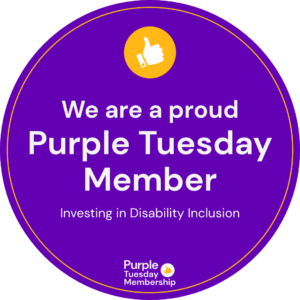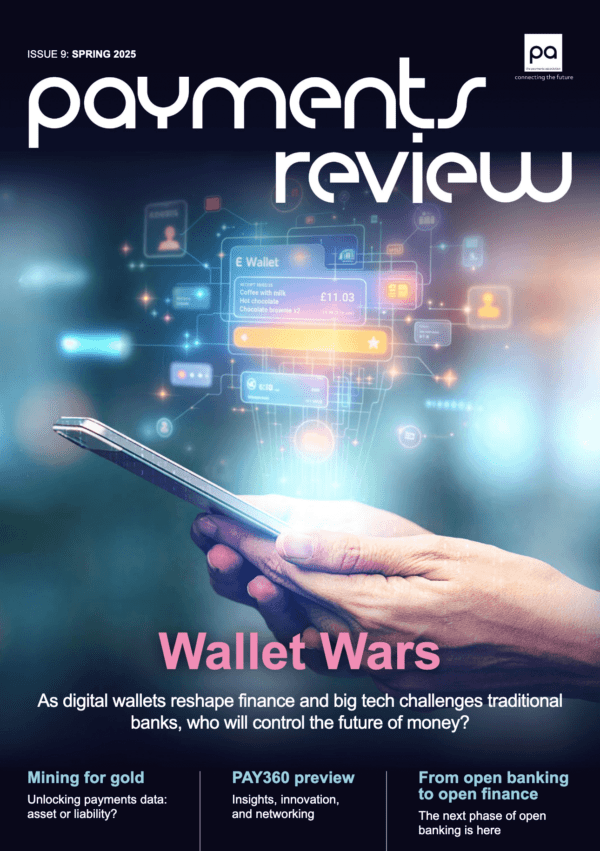AutoRek’s Nick Botha discusses cross-border payments, the current challenges they present to payments organisations, the difference between cross-border and domestic reconciliations, and how firms can overcome obstacles to create frictionless processes.
Cross-border payments are continuing to become more economically significant.
The Bank of England expects the value of cross-border payments to reach $250 trillion by 2027 – up from $150 trillion in 2017.
Many also expect cross-border payments to get faster. A recent SWIFT study found that 79% of consumers and 76% of SMEs expect an international payment to be completed within one hour or less.
However, the development and growth of cross-border payments present an operational challenge to payments organisations – especially those with fragmented systems.
The challenges of cross-border payments
Firms managing cross-border payments must deal with rising data volumes, different data formats, FX risk, and different regulations across multiple territories.
Both UK and US firms face similar obstacles that prevent seamless cross-border payments. These include the following:
- Exchange rate differences
- Incomplete data
- Unpredictable charges or fees
- Time differences
- Incorrect data entries in internal data
- Incorrect data entries in external data
Each department faces unique challenges. While operations teams are most likely to struggle with incorrect entries in internal data and time differences, finance departments struggle with unpredictable charges or fees. IT teams struggle most with incomplete data.
These challenges can result in higher costs, delays in confirming payment legitimacy, trapped liquidity, and delays in settlements.
Cross-border reconciliations vs domestic reconciliations
Almost 60% of global payments firms say cross-border reconciliations are more challenging than domestic reconciliations, according to our 2023 payments survey report.
While two-thirds of US companies agree that cross-border reconciliations are more challenging, 50% of UK firms agree. This reflects that US firms are more likely to consider cross-border activity later in their lifecycle due to the size of the domestic market.
Company size also makes a difference, with larger firms less likely to struggle with cross-border reconciliations. This is because they have the systems and processes to accommodate cross-border payments.
The cost of manual processes
The cost of relying on inefficient processes for cross-border payments is significant. According to research from Flywire, 55% of firms lose 4-5% of revenue per month due to fragmented payment inefficiencies. This is primarily due to the time spent tracking and reconciling transactions.
An additional 86% of financial leaders say they have too much bandwidth tied up in receiving cross-border payments.
The cost of relying on inefficient manual processes is clear. So, it’s promising that most payments executives (58%) acknowledge their firm is too reliant on manual processes, according to our payments report.
Overcoming the challenges
Outdated manual processes won’t create seamless cross-border payments processes. Using Excel to manually manage and reconcile data is time-consuming and tedious. It also increases both risk and operational costs.
Overcoming inefficiencies around cross-border payment reconciliations will require a solution that automates the process from end-to-end and manages all payments on a single platform.
Processing high volumes of data from multiple sources demands complete data control. A best-in-class automated solution ingests, validates and standardises data from any format and any source. It will give real-time MI for data-driven decisions, so you can manage exceptions as quickly as possible.
It also manages inbound payments, outbound payments, and inter-currency transfers through a centralised framework. So all the information is in one place to give you complete visibility of the underlying data.
Summary
The challenges of cross-border payments come down to managing the increased volume of data, increased data formats, and discrepancies in exchange rates, time differences and regulations. This can result in increased costs if not data is not efficiently managed.
Discrepancies also make reconciliations more challenging, especially for smaller organisations and US firms.
Manual processes simply aren’t fit for purpose. They increase risk, waste time and resources, and create operational inefficiencies – all of which contribute to rising costs.
Creating a frictionless cross-border payments process requires a data-agnostic solution that automates the reconciliation processes from end-to-end. Using a platform that ingests, validates and standardises data, all you have to do is address exceptions.




























